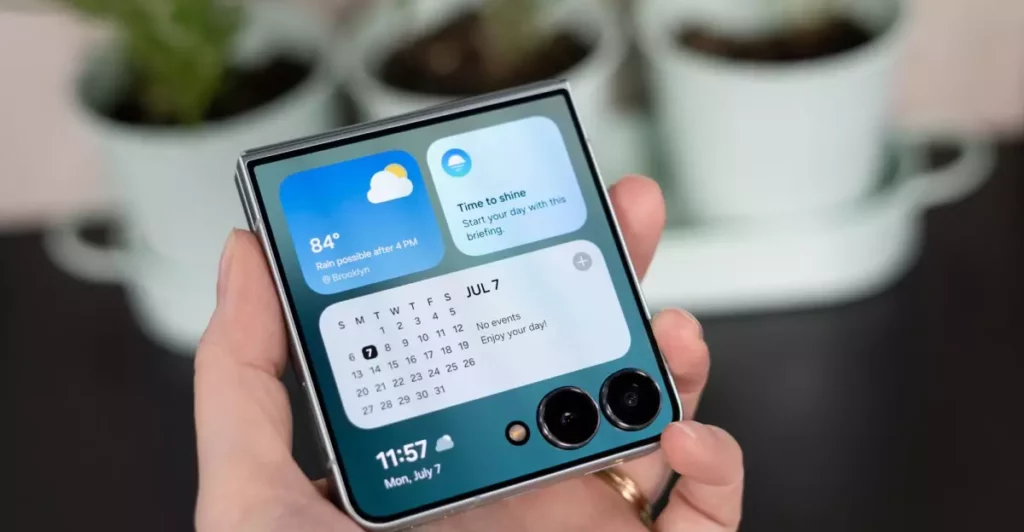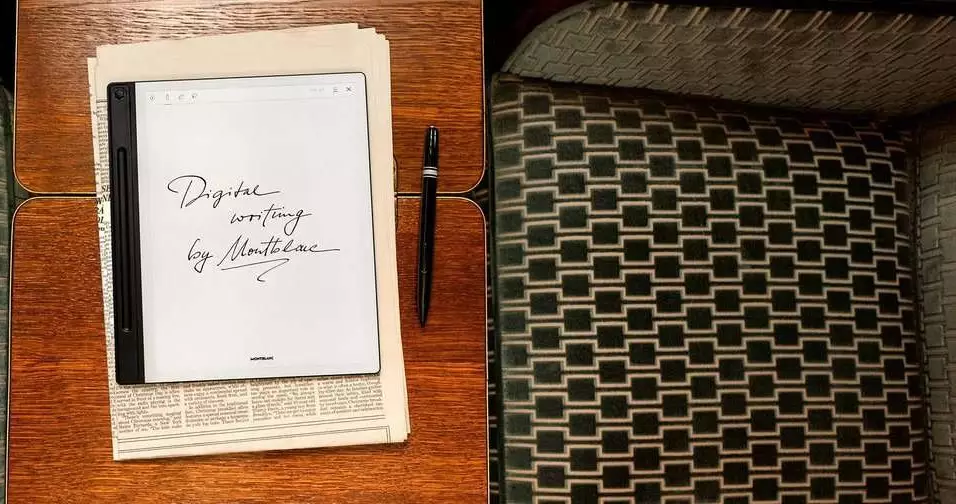In recent years, the smartphone landscape has seen a resurgence of innovative form factors, particularly foldable and flip phones. Market giants like Samsung and Motorola have wagered heavily on these designs, promising a new era of versatility and retro charm. Yet, beneath this veneer of progress lies a troubling reality: the durability of these devices remains fundamentally compromised, especially when it comes to dust intrusion. Despite sophisticated engineering and incremental improvements, the industry still struggles to reconcile the allure of futuristic foldables with the relentless forces of everyday wear and tear.
Manufacturers have been eager to showcase water resistance ratings—IP ratings—highlighting protection against water. However, dust resistance remains an afterthought, often relegated to minimal guarantees. The core issue stems from the very nature of foldable mechanisms: hinges and flexible screens are inherently more vulnerable to particles infiltrating their delicate components. The persistent problem of dust ingress isn’t just about a speck under the glass; it threatens the integrity, longevity, and practical usability of these premium devices. Right now, the industry offers dust resistance ratings like IP48, which guarantee protection against particles larger than one millimeter. But even this modest shield leaves room for microscopic intruders to silently sabotage the foldable’s inner workings.
The Consequences of Dust Accumulation on Foldables
Dust isn’t a minor inconvenience; it’s a silent assassin targeting foldable smartphones. Particles of dust and dirt can settle into hinges or beneath flexible screen layers, causing micro-abrasions, bulges, or even catastrophic screen failures over time. Early adopters of Samsung’s initial foldables experienced firsthand how a tiny speck—seemingly insignificant—could escalate into a costly hardware failure. Some reviewers noted bulging screens along the fold, a telltale sign of dust or debris compromising the delicate internal layers.
More troubling is the fact that many consumers are unaware of these vulnerabilities. Foldable screens, despite their technological sophistication, remain fragile. The protective films intended to stay permanently adhered are often peeled or damaged, inadvertently exposing the inner layers to dust. When the screen or hinge assembly suffers ingress, the assembly’s responsiveness diminishes, creases become more pronounced, and the overall user experience suffers a rapid decline. The reality is that stability in foldable phones is more fragile than traditional slab phones, and dust ingress accelerates this deterioration.
The Industry’s Half-Measure Approach to Dust Resistance
Unlike water resistance—where IP ratings have reached impressive levels like IP68—dust protection in foldables remains mediocre at best. Manufacturers often prioritize slim profiles and innovative hinges at the expense of dust management. It’s no coincidence that foldables with higher dust resistance are either conspicuously absent or only rumored. The challenge is formidable: creating a mechanism that can prevent dust intrusion while maintaining a sleek, flexible design is akin to battling physics itself.
Industry insiders, including Samsung’s head of planning Minseok Kang, acknowledge these difficulties openly. When asked about the possibility of a dustproof foldable, the response was pragmatic—while technically feasible, achieving it is difficult. This honesty reveals a disconnect: the market demands premium, durable foldables, yet the engineering challenges remain significant. The gap between aspiration and reality manifests most glaringly in the absence of truly dustproof foldables, especially in markets like North America and Europe, where consumers are accustomed to full IP68 protection.
The Fallacy of Promised Innovation Without Substance
The push for innovation often seems driven by marketing hype rather than practical user needs. Rumors about upcoming models—such as Google’s Pixel 10 Pro with dust resistance—offer hope, but experience has taught us to remain skeptical. Phone manufacturers have historically overpromised, only to deliver iterative improvements that fall short of real-world durability. The promise of a dustproof foldable is an attractive narrative, but it remains just that—a promise.
The issue is compounded by the lucrative premium segment that foldables occupy. Consumers are lured in by novelty and design, willing to spend upwards of $1,000 on devices that, in reality, pose ongoing maintenance and durability concerns. Without meaningful dust resistance, the longevity of these devices is fundamentally compromised. The so-called successors—be it Samsung’s Flip series, Motorola’s Razr, or others—must contend with the fact that dust remains their Achilles’ heel. As long as manufacturers prioritize slim profiles and innovative hinges over protective sealing against particles, foldables will always be skating on thin ice.
At a Crossroads: Innovation or Illusion?
The core dilemma facing foldable makers is clear: they can continue to chase the next big design gimmick or accept the limitations imposed by current engineering capabilities. To date, every incremental improvement has been overshadowed by the shadow of dust. Until the industry brings real, passive dust protection into foldable designs—burs with sealed, dustproof hinges and fully encapsulated screens—these phones will remain fragile, high-priced gadgets vulnerable to a silent, insidious threat.
It’s easy for the industry to focus on marketing pushes, flashy launch events, and superlative specs while neglecting the foundational aspects that ensure durability and user satisfaction. Offering a foldable device that’s visually stunning is meaningless if it fails prematurely because of something as simple as dust. Consumers are not just buying a phone; they’re investing in a product’s longevity and robustness. If manufacturers refuse to prioritize practical engineering over superficial aesthetics or marketing hype, the future of foldables remains bleak.
In my ideological stance—center-right, leaning towards pragmatic liberalism—I believe innovation must go hand in hand with responsibility. Pushing technological boundaries should not come at the expense of consumer trust. If the industry genuinely cares about user experience and durability, dustproof foldable phones should be a standard, not a distant dream. Until then, dust remains not just a minor annoyance but a defining threat to the foldable revolution—a revelation that perhaps we are rushing into a future that, for now, isn’t fit to bear the promise of true mobile versatility.









Leave a Reply